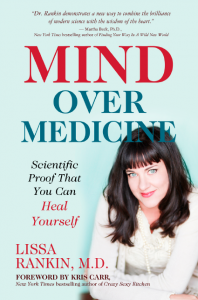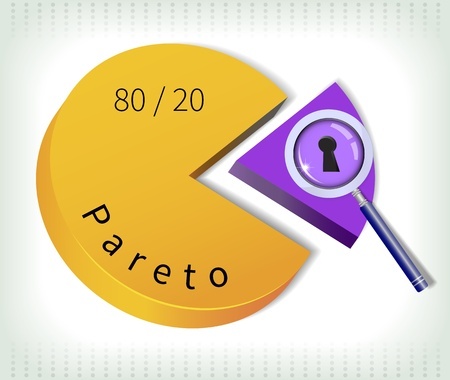It’s 8:30 a.m. and I’m deeply into my day. Swirling through my head are the tasks I’ve promised myself to accomplish today. Yet I’m feeling stress free.
That’s right, you got it – free from stress.
My list isn’t shorter than yours or easier. It contains the usual suspects – business and personal items, some urgent, some dictated by others, some my own, some wishful, some in-between, and some that won’t ever get done.
So why aren’t I stressed by a list yay long?
I have a system for prioritizing that lets me relax, knowing that the critical items – those that align with my values, will not only be completed, but will be celebrated. This system not only makes me more productive, easier in my boots (okay, shoes) but also gives a whole new meaning to the phrase “getting it done” – a meaning I emphatically endorse.
So what is that?
“Getting it done” means completing the right tasks, the ones that move you forward towards your goals or further into your values, not just ticking off items on an endless “to do” list. And when these get done, there’s a feeling of completion which includes celebration.
Celebration isn’t a word often associated with productivity, but think about it. How does one respond to a sense of completion? And, what builds the momentum to keep on, keepin’ on the next day, and the next and the one after that?
What really happens when you complete an important or urgent task? (Yes there is a distinction, read on.) There is a physiological shift. Your breathing alters so your nervous system settles. If you put your attention there, you feel that “juicy goodness” and expand a bit.
Your self-worth ratchets up a little too – and that further impacts your body. Taking all that together, even in the 60 seconds you allow, is a celebration…and if you do nothing else, you are building momentum for whatever is next.
What gets in the way, you may be asking? Ahhh…. great question!
What most often gets in the way of productivity is confusion and overwhelm. There IS much to do, and in many arenas. How do you decide? Especially when you feel that setting aside time to plan puts you even further behind.
Many intelligent, resourceful folks just wade in… and then almost drown from lack of planning. They tell me they just “aren’t productive enough” but the truth is, they aren’t productive in a useful, systematic way.
That doesn’t have to be you. So what can help you become both productive and relaxed?
You can learn to use my 5 Minute Planning Tool and build your productivity muscles. Much like strength training, becoming more productive in a useful, meaningful way requires practice – regular practice. But you don’t have to get to a gym and you won’t have fees to pay, yet your results will be worth every moment invested.
This method didn’t originate with me. Yet, I’ve tailored it to my life, my needs and used it with hundreds of clients – all to great success. Now you can too. I call it The 5 Minute Planning Tool and if you haven’t seen it already, you can find it here, on the top right side of the page.
With this planning tool, you first determine what is truly important to you. This seems simple but when was the last time you prioritized? Then you look at external deadlines that MUST be met.
Once you have the scope of importance and urgency clear, you funnel your daily tasks through those filters. Next you align them on your calendar. And voila – no more confusion and no more overwhelm.
You know what most needs doing TODAY, relax into getting tasks moving you forward towards your goals, meet deadlines and eliminate mental and physical clutter. Plus, you celebrate – completion and this purposeful sense of yourself as a mover and shaker in your world.
Sound good? It IS and its easy with a little practice. Making the 5 Minute Planning Tool part of every morning, sets you up for relaxed productivity. Once you’ve practiced for a few weeks, its becomes second nature. Its good for you and everyone you know.
So now, at 9:10, and I am ready to move on to the next important task on my list, feeling grateful. Why? Because I finished an item that aligns with my intention of providing value to you.









